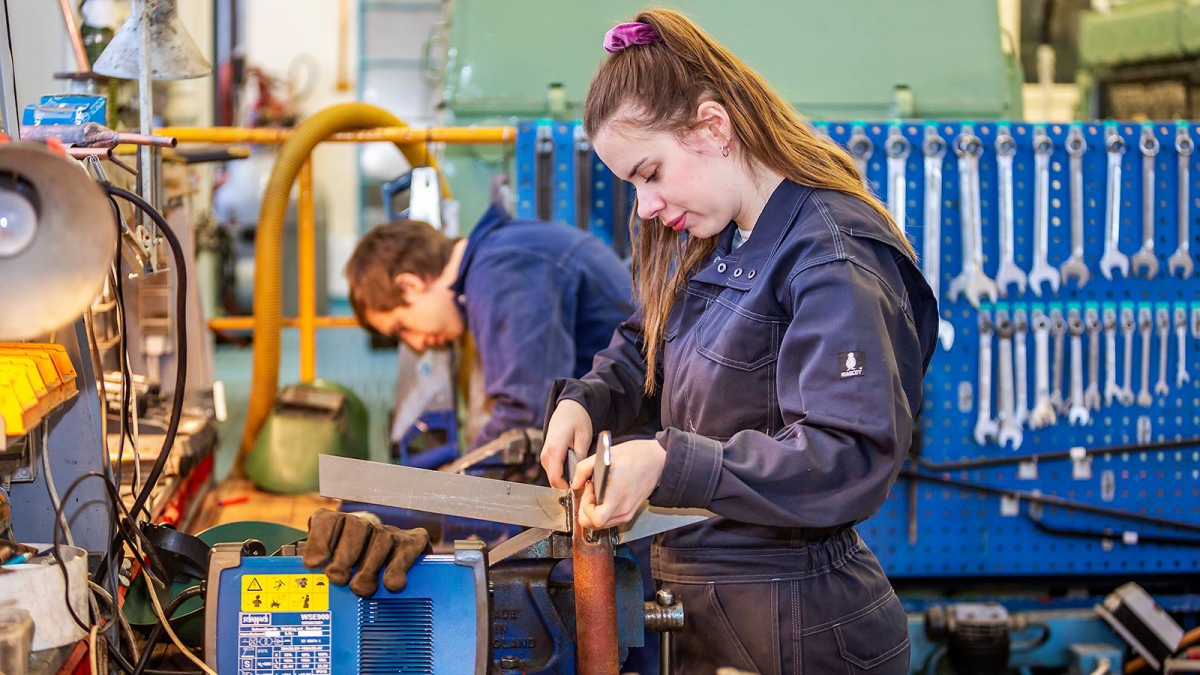Labour force, survey
28. Jan 2022
Faroese workers start younger and stop older

The activity rate counts the segment of the population aged 15-74 that is employed or able to carry out work. With 83.6% of the of the Faroese working-age population part of the labour force, the activity rate in the Faroe Islands is the highest in Europe.
A closer look at the figures for Faroe Islands reveals that the activity rate is already at 70% for those aged 15-19, for men and women alike. In Iceland, the figure is 60% for the same age group, while it is just under 50% in Denmark. For the EU, the average figure is approximately 20%.
In the 65-69 age group, the Faroe Islands stand out with just over 70% for men, and approximately 60% for women.
Likewise, the oldest segment, which is the 70-74-year-olds, have a stand-out activity rate in the Faroe Islands of around 30% for both men and women, compared between 5% and 15% in other countries.
Faroese women lead the way
The activity rate for Faroese men is nearly on the same level as in other countries from the age of 25 and well into the 50s. However, there is a significant difference to be seen in the figures for young people and the older age groups.
Reaching a higher activity rate than any other country from a young age and into the older generations, Faroese women stand out internationally, excluding only the 25-29 age group in which Icelandic women score a slightly higher rate.
The gaps between the main regions
As the largest of the main regions in the Faroe Islands, Suðurstreymoy leads the way for number of people in the work force. However, in relation to the overall population, the figures differ.
The areas with the highest activity rates are Norðurstreymoy and Suðurstreymoy at 85%, closely followed by Eysturoy at 84%, and Norðoyggjar and Vágar at just under 83%.
Then follows a gap down to the southern areas. The activity rate in Suðuroy is 79%, and in the Sandoy area the rate is 76%.
In terms of the gap between men and women, Suðurstreymoy leads the way with a 2% gap, compared to approximately 4% in the rest of the country.
This is demonstrated in the graph below, in which the blue and red bars (men and women, respectively) are highest in and around the Streymoy area, and decrease in the southern areas.
About the labour force survey
The labour force data is compiled in accordance with provisions from the International Labour Organization, an agency under the UN. This enables direct comparisons between Faroese figures and corresponding figures from other countries.
The size of the labour force is determined from a comprehensive survey of official registers such as the national register, the PAYE system, the tax statement register, the VAT register, the employment service and grant registers in the social and education ministries.
The findings are also based on surveys of approximately 1,000 individuals for whom there is insufficient data in the labour force registers. The labour force survey consists of answers from full-time residents in the Faroe Islands aged 15-74. Anyone who spent more than one hour on commercial work in the one-week survey period in November 2020 is classified as engaged in active employment, even if the work was unpaid. Unemployed people are only classified as such if they are actively looking for jobs or are prepared to start work within two weeks. Those who are neither employed nor unemployed are classified as being part of the inactive population.